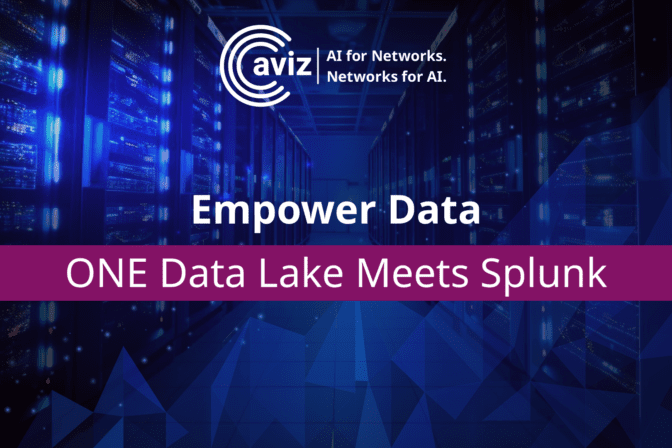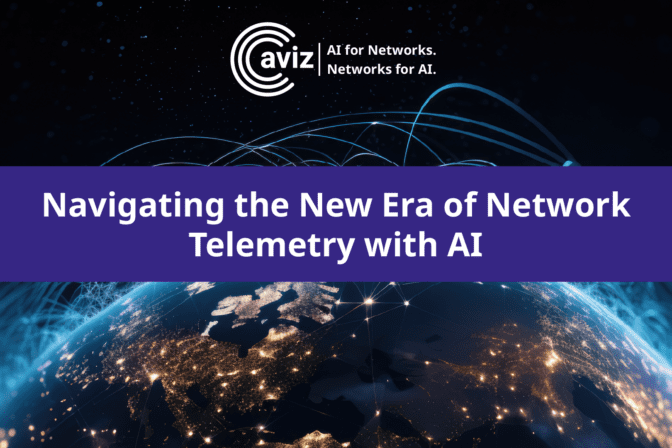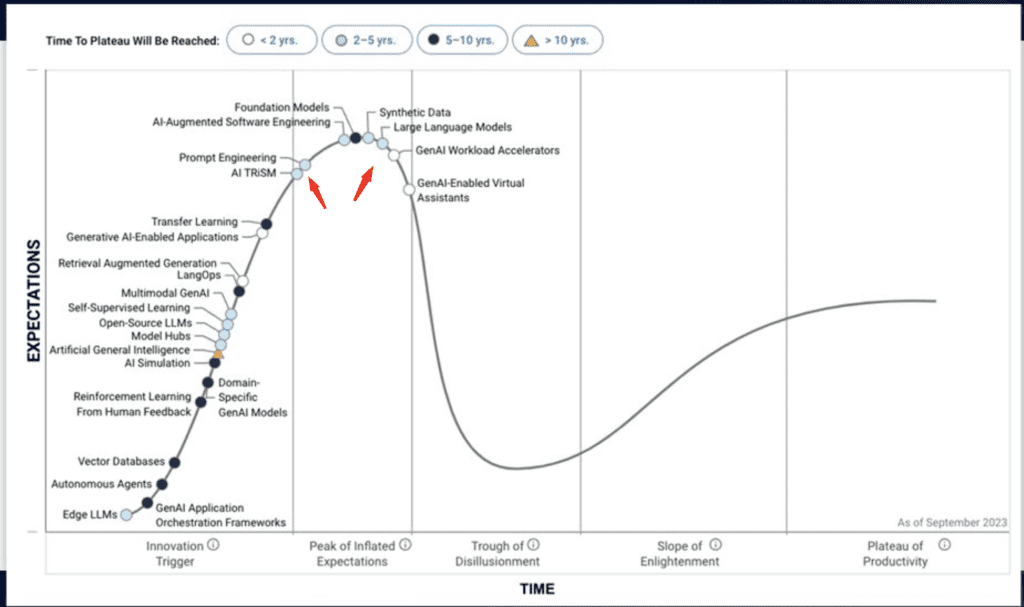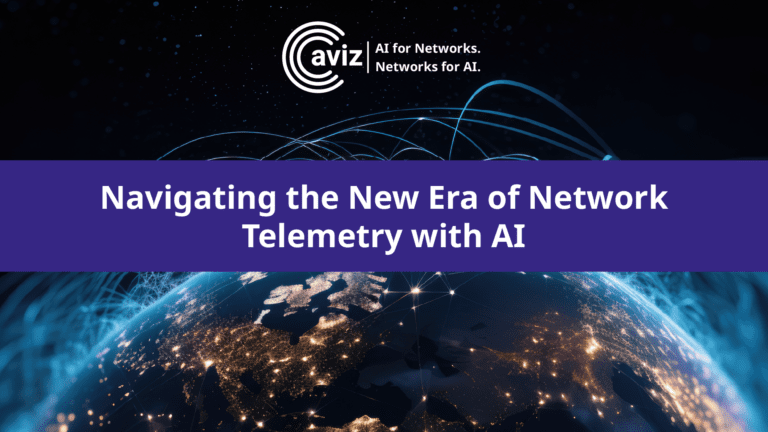In February, we introduced the ONE Data Lake as part of our ONES 2.1 release, highlighting its integration capabilities with Splunk and AWS. In this blog post, we’ll delve into how the Data Lake integrates specifically with Splunk.
A data lake serves as a centralized storage facility capable of accommodating large quantities of structured, semi-structured, and unstructured data on a significant scale.These are typically built using scalable distributed cloud-based storage systems, such as Amazon S3, Azure Data Lake Storage, or Google Cloud Storage.
A pivotal benefit of a data lake lies in its capacity to handle substantial amounts of data from diverse origins, offering a cohesive storage solution conducive to data exploration, analytics, and informed decision-making processes.
Aviz ONE-Data Lake functions as a platform facilitating the migration of on-premises network data to cloud storage. It encompasses metrics that capture operational data across the network’s control plane, data plane, system, platform, and traffic. Serving as an upgraded iteration of Aviz Open Networking Enterprise Suite (ONES), ONE-Data Lake stores the metrics previously utilized in ONES onto the cloud.
Why Splunk?
- 1. Operational Insight:
- 2. Security Surveillance and Threat Identification:
- 3. Regulatory Adherence and Oversight:
- 4. IT Operations and DevOps:
- 5. Machine Learning and Predictive Analytics:
- 6. Customer Satisfaction Administration:
Splunk can be utilized to assess customer interactions and feedback from various channels, enabling organizations to delve deeper into customer requirements and preferences. This information can then be utilized to tailor offerings, elevate customer satisfaction levels, and nurture brand loyalty
To sum up, Splunk is an essential tool for organizations to leverage data efficiently, promoting operational excellence, strengthening security measures, ensuring compliance, and achieving business objectives.
Integrating Splunk with ONES:
- 1. Mapping Splunk instance with the ONES server
- Configure Splunk Instances: Set up the Splunk instances on the ONES cloud page to start pushing metrics to the designated cloud endpoint.
- Provide Necessary Details: The following information is required for the integration:
- Splunk URL: The URL of your Splunk instance.
- Unique Token: A unique token for authentication and secure data transmission.
- Index: The specific index in Splunk where the pushed metrics will be stored.
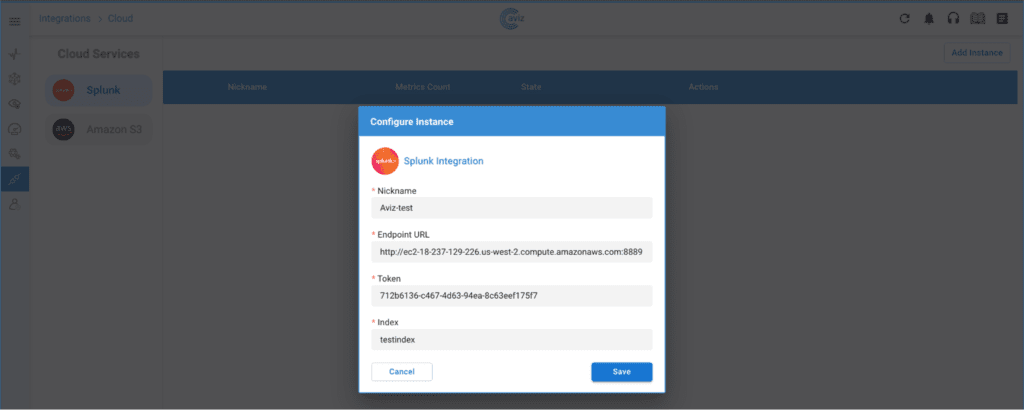

- 2. Managing the created Instance through ONES:

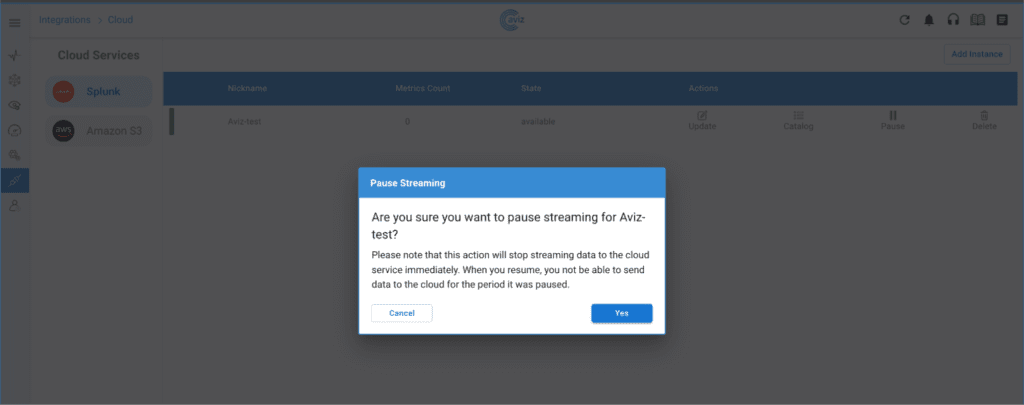
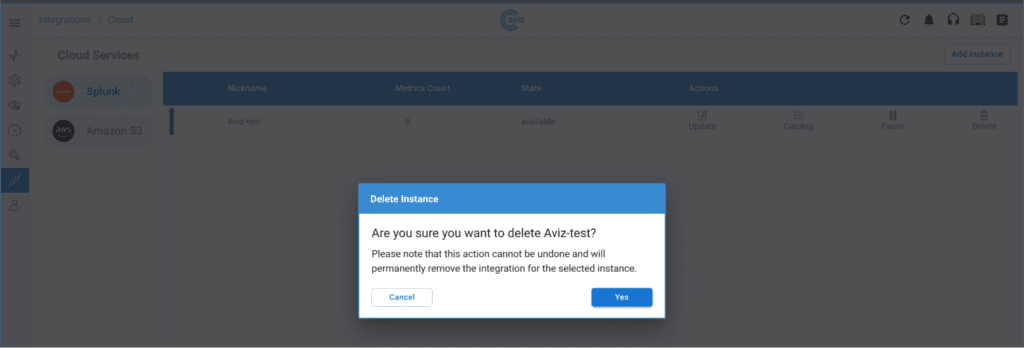
- 3. User defined metric update:

- 4. Multi vendor support

Splunk Analytical capabilities:
- 1. Event based Visualization:
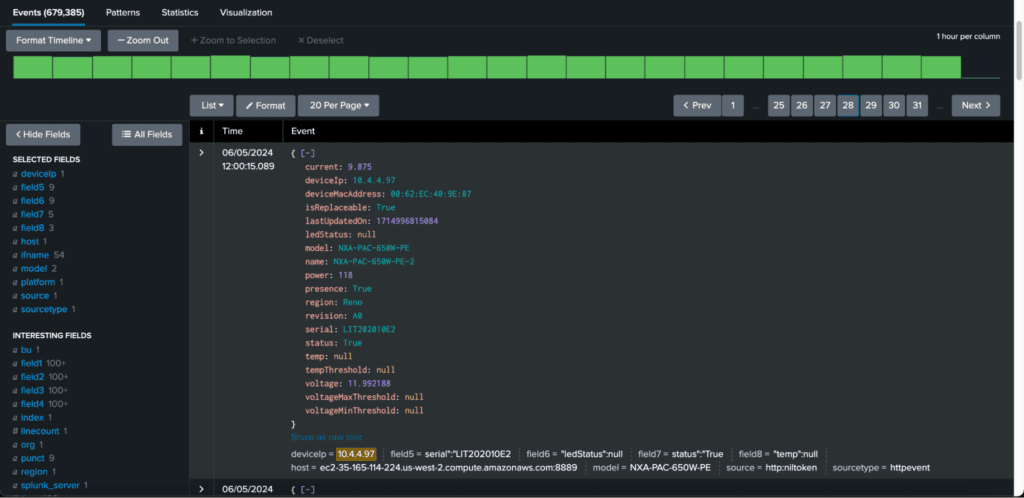
- 2. Chart representation:
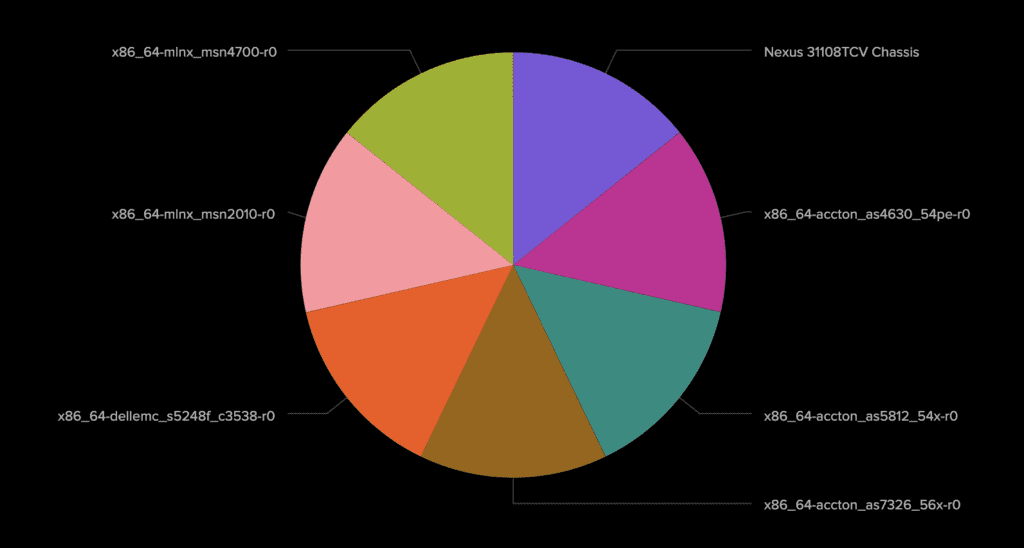
Conclusion:
Aviz ONE-Data Lake functions as the cloud-based version of ONES, enabling the storage of network data in cloud repositories. It operates independently of any particular cloud platform and supports data streaming from leading network device manufacturers such as Dell, Mellanox, Arista, and Cisco. Network administrators have the freedom to specify the metrics they want to transfer to the cloud endpoint, granting customized control over the data storage procedure.

